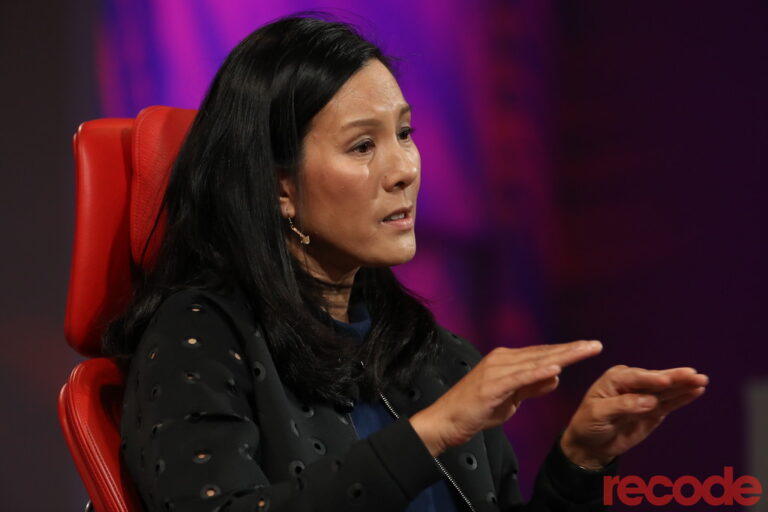OpenAI Unveils Advanced AI Models with Enhanced Safeguards Against Biorisks
OpenAI has recently introduced a sophisticated monitoring system designed to oversee its latest AI reasoning models, known as o3 and o4-mini. This innovative system specifically targets prompts related to biological and chemical threats, aiming to prevent the models from providing potentially harmful advice. According to OpenAI’s comprehensive safety report, this initiative marks a significant step towards enhancing AI safety.
Enhanced Capabilities of O3 and O4-Mini
OpenAI emphasizes that both o3 and o4-mini represent substantial advancements over previous AI models. However, with these advancements come increased risks, especially in the hands of malicious actors. Internal benchmarks reveal that o3 exhibits superior skills in addressing queries about creating various biological threats.
The New Safety-Focused Reasoning Monitor
To mitigate these risks, OpenAI developed a “safety-focused reasoning monitor”. This custom-trained system operates on top of both o3 and o4-mini, specifically designed to:
- Identify prompts related to biological and chemical risks.
- Instruct the models to decline requests for advice on these sensitive topics.
Establishing a Baseline for Safety
In an effort to establish a reliable baseline, OpenAI engaged red teamers for approximately 1,000 hours to flag unsafe conversations related to biorisks from both models. During a simulation that tested the blocking logic of the safety monitor, it was found that the models successfully refused to respond to risky prompts 98.7% of the time.
Limitations and Ongoing Monitoring
Despite these promising results, OpenAI acknowledges that the test did not consider the potential for users to devise new prompts after being blocked. This realization has led the company to continue relying on human monitoring as a key component of its safety strategy.
Risk Assessment of O3 and O4-Mini
According to OpenAI, the o3 and o4-mini models do not fall within the “high risk” category for biorisks. However, compared to earlier models like o1 and GPT-4, the initial versions of o3 and o4-mini have demonstrated a higher capacity to answer questions related to the development of biological weapons.
Commitment to Monitoring Chemical and Biological Threats
OpenAI is actively monitoring how its models might facilitate the creation of chemical and biological threats. This ongoing effort is part of the company’s recently updated Preparedness Framework.
Automated Systems for Risk Mitigation
In addition to the new reasoning monitor, OpenAI is employing automated systems to reduce risks associated with its models. For instance, to prevent child sexual abuse material (CSAM) from being generated by GPT-4o’s image generator, the company utilizes a reasoning monitor similar to that of o3 and o4-mini.
Concerns from the Research Community
Despite these advancements, some researchers have expressed concerns that OpenAI may not be prioritizing safety adequately. One of OpenAI’s red-teaming partners, Metr, noted limited time for testing o3 against deceptive behavior benchmarks. Additionally, the company opted not to release a safety report for its GPT-4.1 model, which was launched earlier this week.
For more information on AI safety and the measures being taken by organizations like OpenAI, you can visit OpenAI’s research page.







